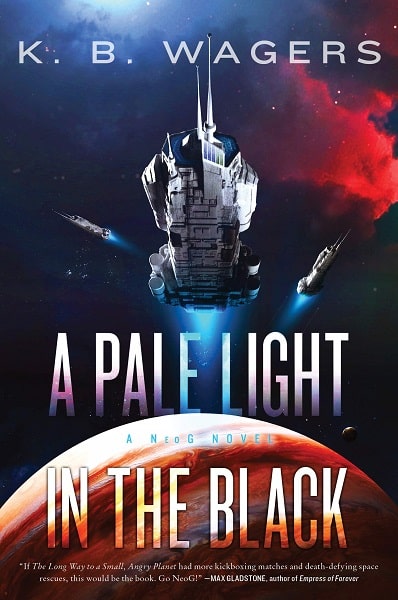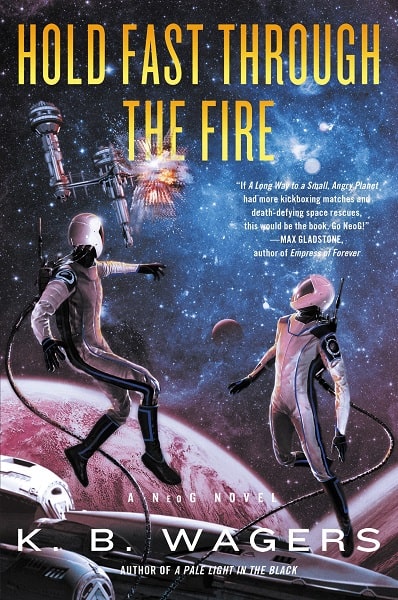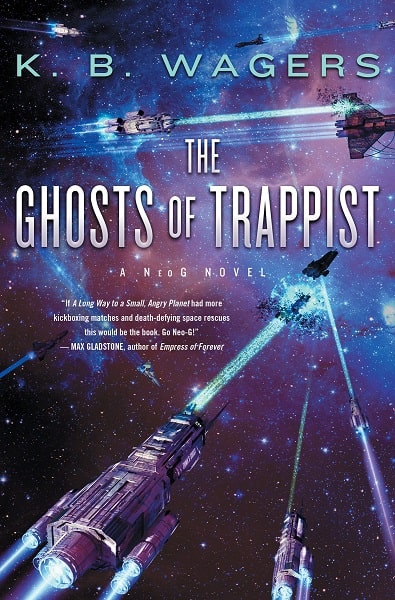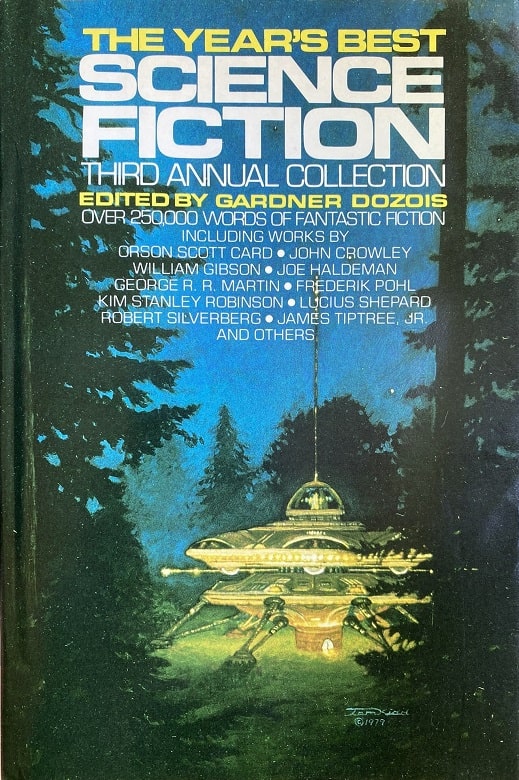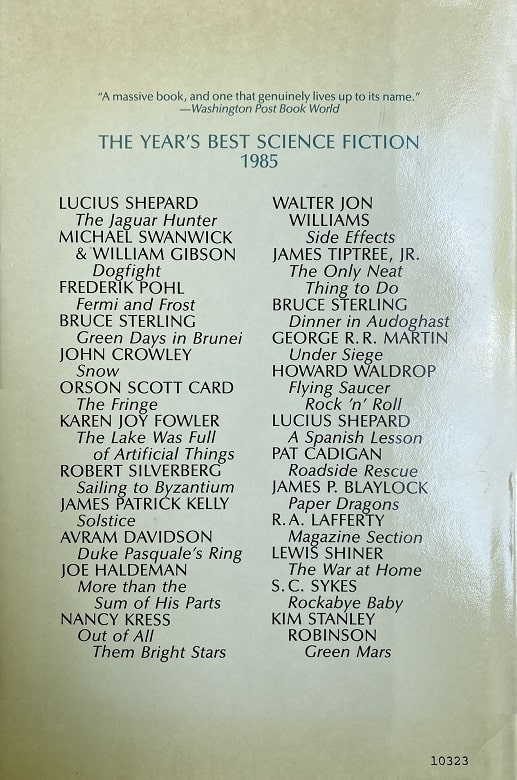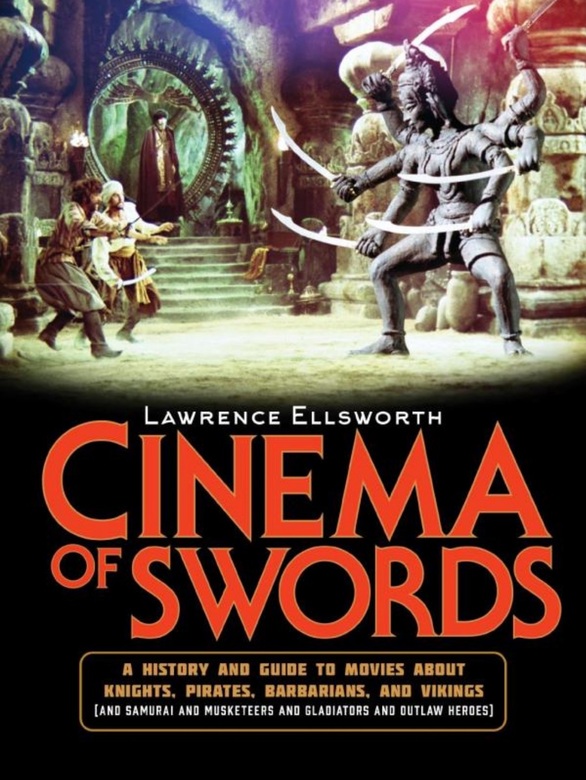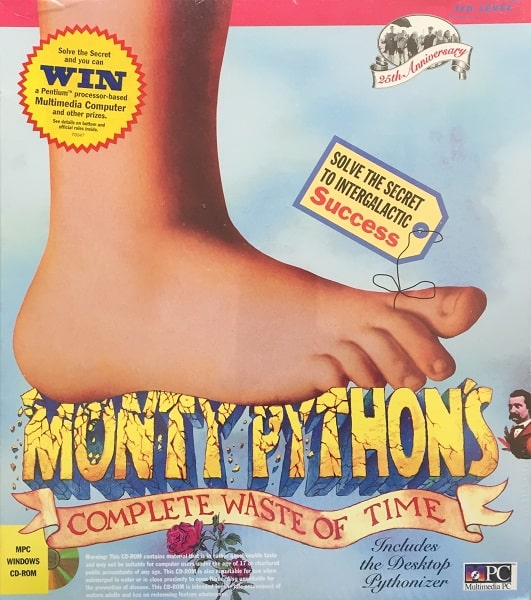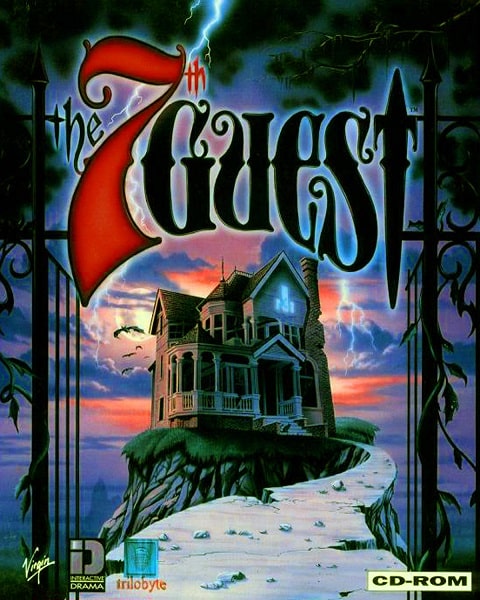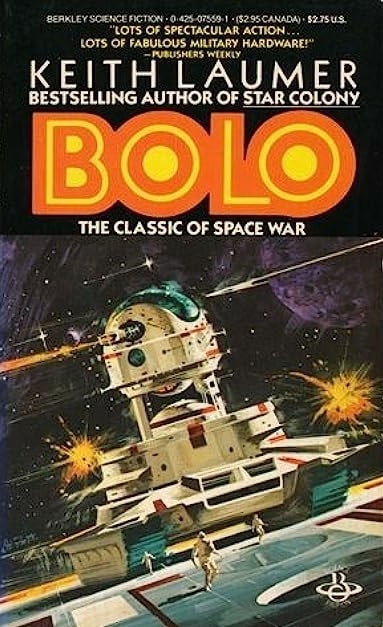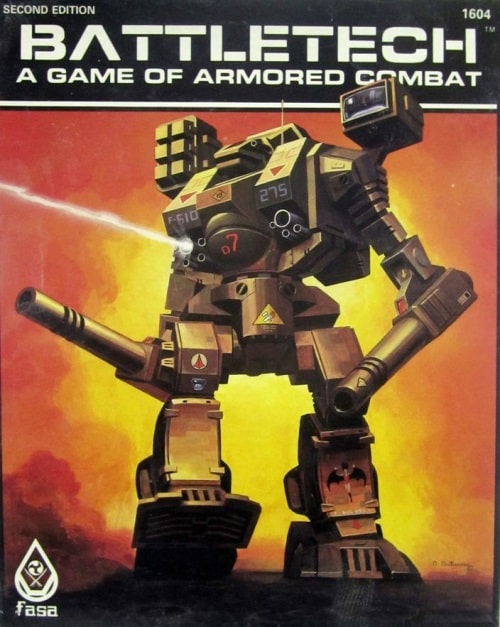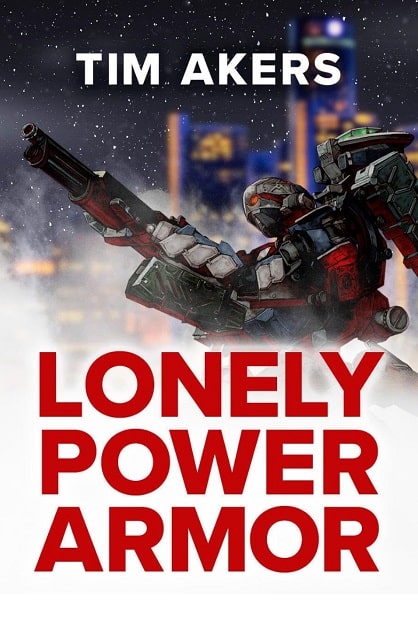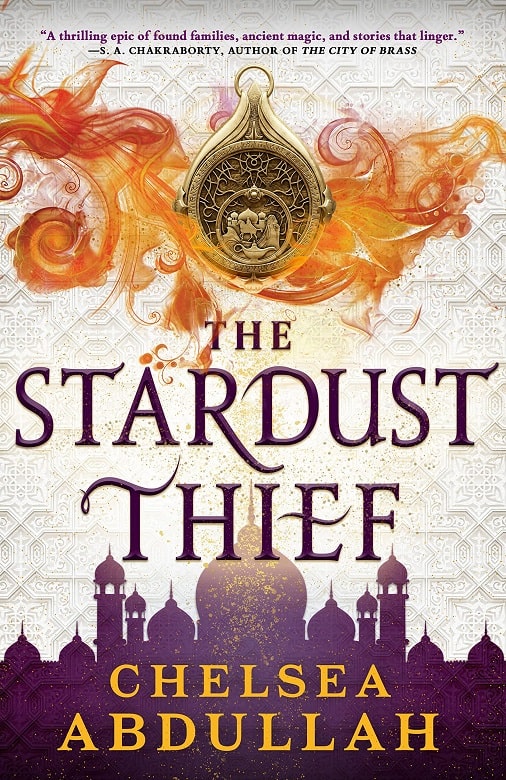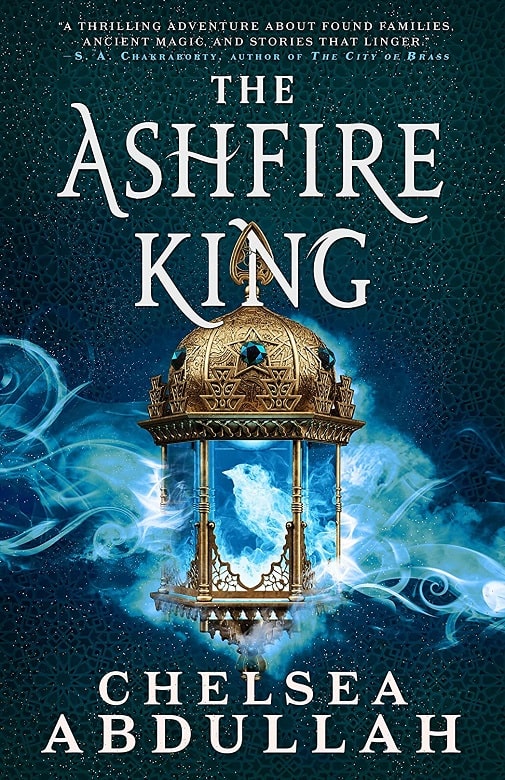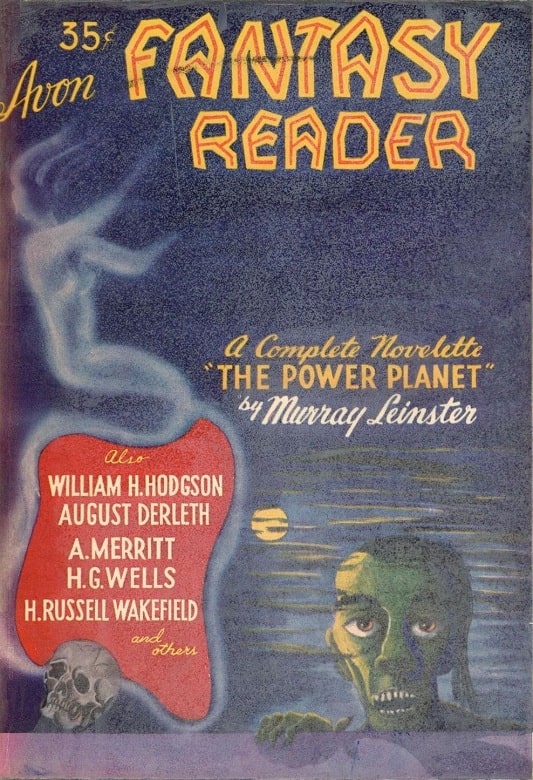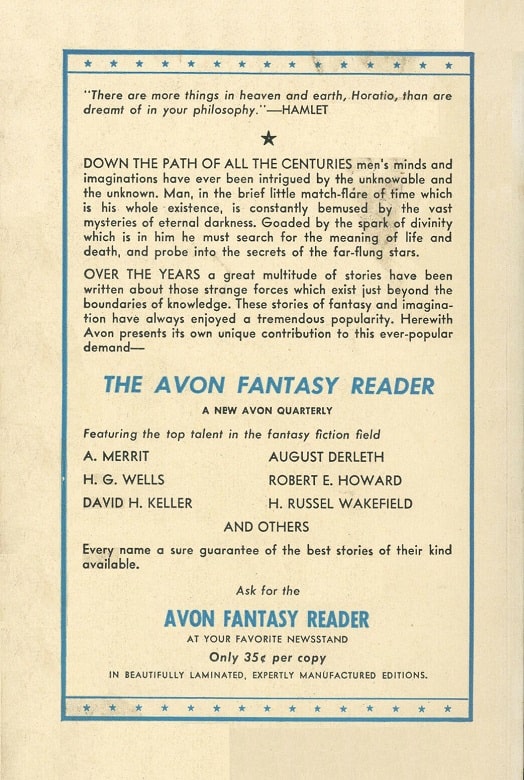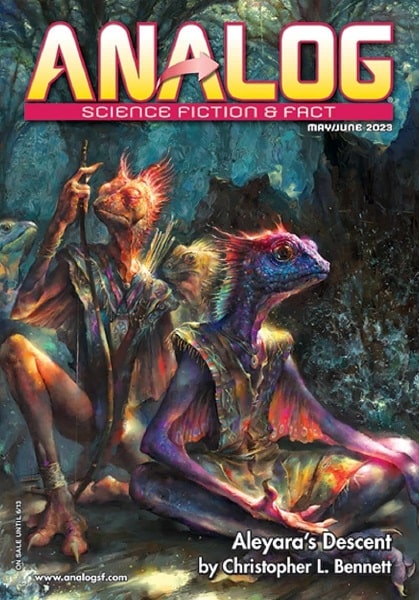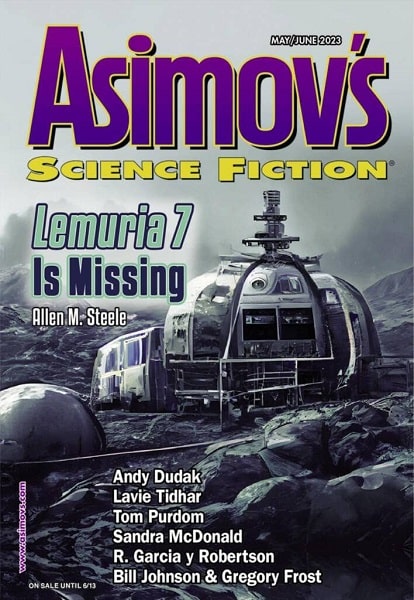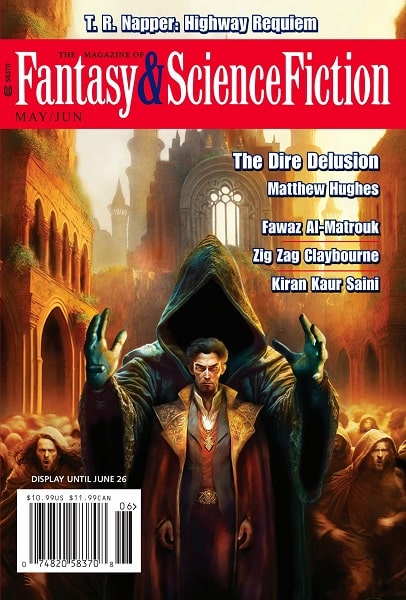Talking Tolkien: A Magical Tolkien Celebration – by David Ian
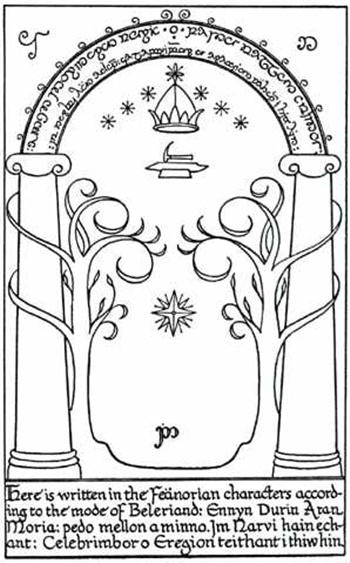 Rarely a day goes by that I’m not listening for at least a few minutes to a radio play or an audiobook. They have become weaved into the fabric of my life. David Ian of Unchained Productions recounts a live performance of The Hobbit at a Middle Earth Convention. This is SO neat! Read on.
Rarely a day goes by that I’m not listening for at least a few minutes to a radio play or an audiobook. They have become weaved into the fabric of my life. David Ian of Unchained Productions recounts a live performance of The Hobbit at a Middle Earth Convention. This is SO neat! Read on.
“In a hole in the ground lived a hobbit,” the narrator Cindy McGean begins at the microphone. Flanking her on stage is a phalanx of microphone stands where actors, script in hand, play the voices of Bilbo, Gandalf, Thorin Oakenshield, Gollum, the trolls Tom, Bert & William, and many other characters of Middle Earth. On the floor in front of the stage, sit two long tables filled to the brim with sound effects props. They will provide the sounds for cracklings fires, clopping ponies, booming thunder storms, creepy spiders in the dark forest, and the drip, drip, drip of Gollum’s cave. The former elementary school gym now turned to small stage theater is filled with audience members, hobbit fans of all ages, and some even dressed up as if they came directly from Middle Earth.
This is the scene at the McMenamin’s hotel and pub housed in a former elementary school in Portland, Oregon, on the weekend closest to JRR Tolkien’s birthday (which is January 3rd). The building is transformed for a day into a Middle Earth convention, which includes Lord Of The Rings and Hobbit films played in the auditorium, and in the gymnasium, a local audio theater troupe, Willamette Radio Workshop, performs a live rendition of Tolkien’s original classic, The Hobbit.
A half-dozen voice actors hold scripts in hand, and play a wide cast of characters famous to the “There And Back Again” tale of Bilbo, the dwarves and the dragon. The sound effects operators bring the scenery backgrounds of Mirkwood, Gollum’s cave, and Smaug’s lair to the mind by using only sound. They also make the clamoring chaos of dwarves eating up Bilbo’s larder, the mighty fury of Smaug’s attack on Lake Town, and the huge vast scope of the Battle of Five Armies.
